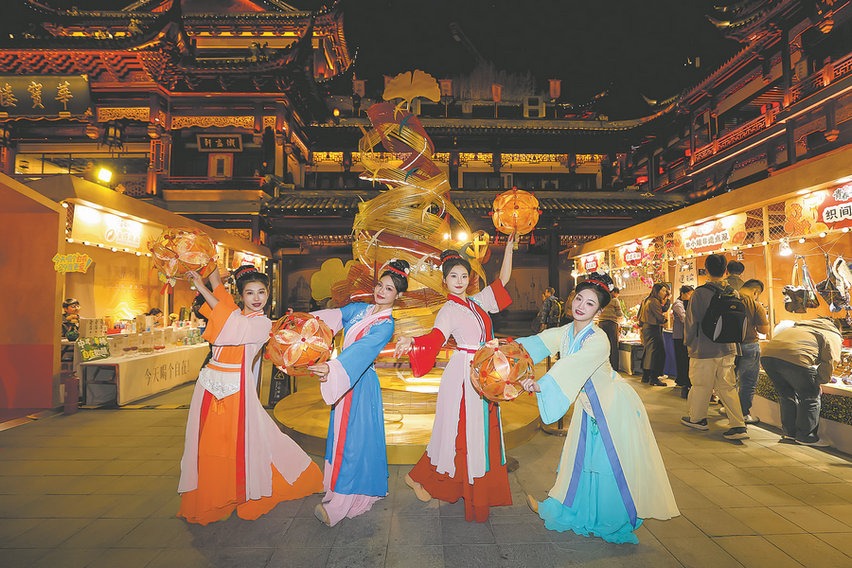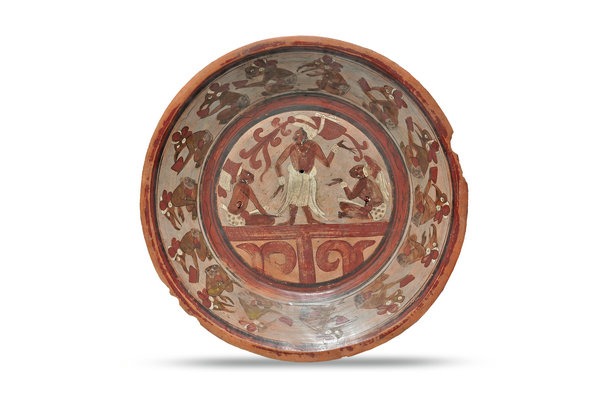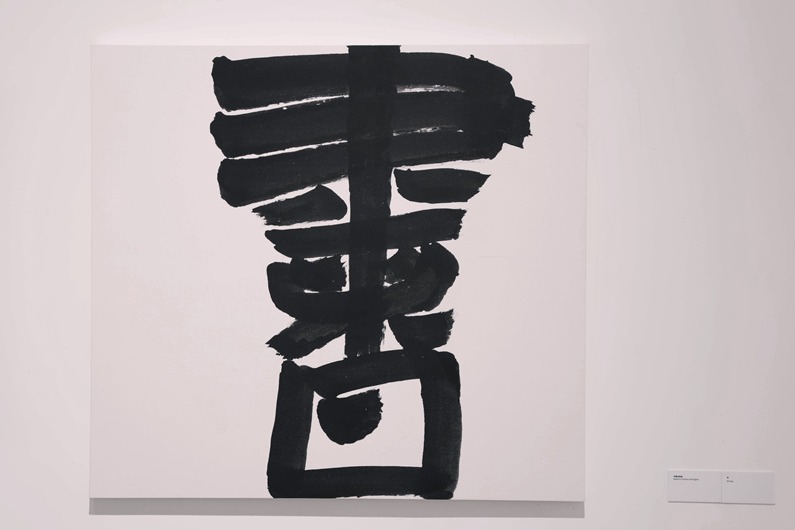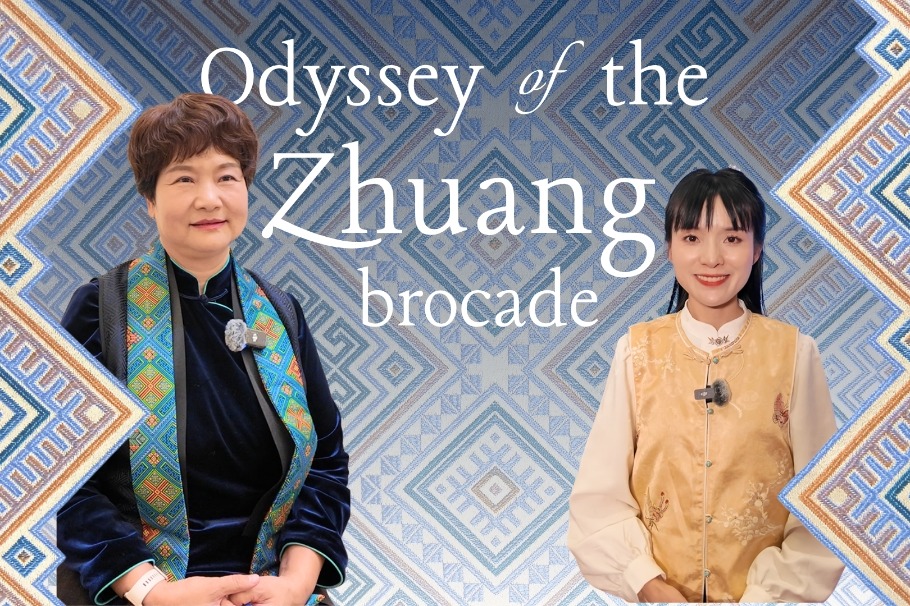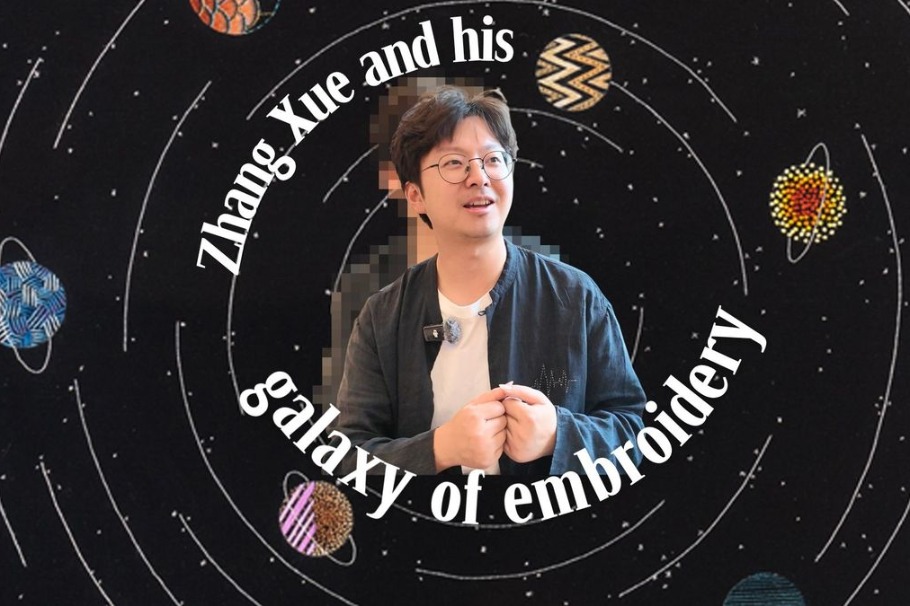Exhibition celebrates artistry of disabled creators in China's cultural legacy


An exhibition celebrating the artistry of disabled practitioners in the realm of intangible cultural heritage opened on Friday at the Palace Museum in Beijing, highlighting their vibrant contributions to China's cultural landscape.
Held in the museum's Sensory Experience Gallery, the Shanghai disabled persons' culture and art exhibition showcases a diverse collection of works featuring renowned intangible heritage crafts from Shanghai and adjacent regions, including leather carving, straw weaving and wax printing.
The gallery, which opened to public in late 2024, was established by the Palace Museum in partnership with the China Disabled Persons' Federation (CDPF).
CDPF Vice-Chairman Zhang Weixing and Shanghai Disabled Persons' Federation Party Secretary Du Songquan attended the opening ceremony to inaugurate the event.
A central theme of the exhibition is the creative dialogue between master artisans and a new generation of disabled artists, who are bringing fresh perspectives to these traditional crafts.
Speaking at the ceremony, Yang Ning, a master of wax printing and embroidered spheres who trains disabled apprentices, described the intangible cultural heritage (ICH) as a powerful vehicle for empowerment.
"Learning ICH skills offer a uniquely flexible pathway for disabled individuals, as it prioritizes dexterity and focus over physical strength," she said.
Yang described the exhibition as a testament to the powerful synergy where "heritage gains warmth through inclusion, and inclusion gains vitality through heritage".
Wu Di, director of the Palace Museum's Cultural and Creative Department, said the exhibition's unique setting in the Palace Museum offers an opportunity to elevate the work of these artists to national and global recognition.
He noted that the gallery serves a dual purpose: providing an inclusive cultural experience and offering a national platform to showcase exceptional work, calling the exhibition a "new starting point" for the venue.
The exhibition provides a pivotal platform for disabled artists who have recently entered the professional art scene, offering them unparalleled visibility.
Zhu Jun, who has a growth-related disability, began learning leather carving in late 2023. He admits to significant physical challenges, as his smaller hands require double or triple the time needed to perfect each piece. Despite this, he finds profound value in the craft.
"It has reshaped my worldview," Zhu said, hoping that more disabled individuals will view ICH as a viable and dignified path for skill development and sustainable income.
For Qi Rongcen, who is hearing impaired, transitioning from an office job to craft traditional embroidered spheres was a transformative decision. She described a steep learning curve but found that the shift from a "fast-paced life" to meticulous handwork brought her mental peace.
Qi hopes more persons with disabilities will explore ICH, not just as a professional opportunity, but as a therapeutic craft.


















